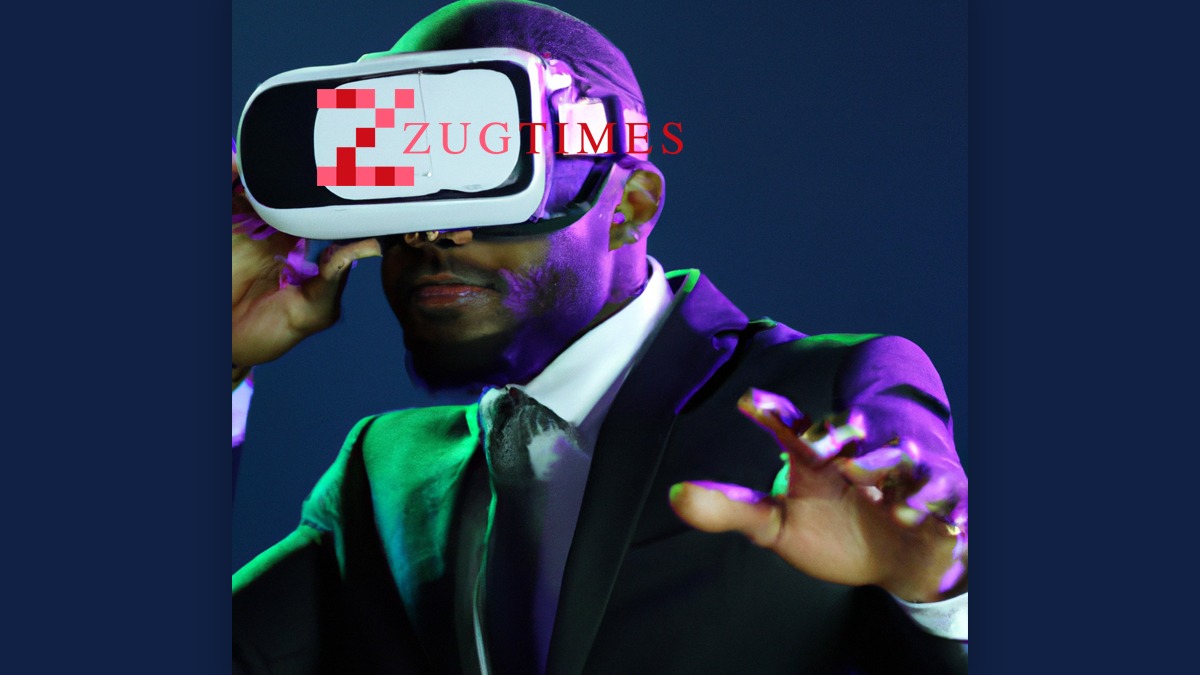Augmented Reality and Virtual Reality: Key Differences

In an increasingly digital world, the terms augmented reality and virtual reality are crucial. Despite the fact that they are two distinct technologies, both terms are frequently used interchangeably. But what are the distinctions and parallels between AR and VR?
What is Augmented Reality?
Augmented reality (AR) is a technology that augments the user's perception of the real world and provides a live view of it with digital information, with the goal of expanding it by adding images, sound, video, and other virtual details. The goal of augmented reality is to augment the environment by allowing virtual elements to interact with real-world objects to create intended meanings. In augmented reality, informatively designed virtual environments coexist with the real world by providing additional data about it.
How does Augmented Reality (AR) work?
One difference between VR and AR is that AR displays different content in the real world. Computer vision, depth tracking and mapping play a key role within this process. All data can be collected in real time via cameras, for example, and processed directly. This makes it possible to display digital content whenever the user needs it.
Special devices are required to fully use the functionality of AR. Smart Glasses, for example, are often used, which provide the data via Smart Glasses software.
Use Cases in Manufacturing
A good example to explain this revolves around the topic of worker assistance. As the Amazon example (Amazon to hire 150,000 workers ahead of holiday season) certainly shows in a very extreme way, companies have to be able to deal with a growing number of unskilled workers. That’s always been the case in manufacturing, where hordes of jobbers invaded the production areas at vacation time.
The error rates regularly paint a bleak picture in this context. One way to address this is through customized worker instructions. After all, no worker reads 30 pages of paper or PDFs in reality anyway. Or they are read, but not understood. Innovative companies try to present only the information relevant in the current context to the worker by means of modular work instructions. However, today it is quite a lot of work to create the modular work instructions. Also, text as a medium is not optimal for this scenario. Images or videos are better.
Hardware limitations do not allow for the full potential
When you think of augmented reality, everyone sees a person with glasses on in their mind’s eye. AR enriches the view with supporting information. However, for the use case described above, AR is already interesting for the pure design of the work instruction. For example, explanatory text can be dispensed with if images are enhanced with AR elements and short animations.
What exactly is Virtual Reality (VR)?
The most significant distinction between AR and VR is that VR is a computer-generated simulation. This means that a graphic representation of reality or an alternate world is created. The user can be fully immersed in the digital world by using appropriate hardware. As a result, there are significant differences between AR and VR headsets. VR hardware necessitates sensory devices that translate real-world movements into a modeled reality.
How does it work?
The goal of virtual reality is to create a new reality. The user can perceive and interact in the digital world by using a VR screen. This necessitates the use of two lenses between the user and the screen. They interpret eye movements and adjust the individual movement to the VR. Therefore, in this case, extensive hardware is necessary to isolate the user from the real world.
#Amazon #augmentedreality #blockchain #Computervision #digitalworld #smartglasses #technology #VirtualReality #VR #zugtimes
Zug Times
https://zugtimes.com/augmented-reality-and-virtual-reality-key-differences